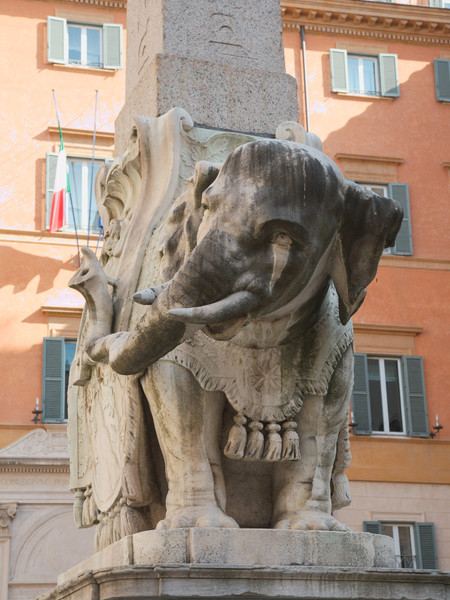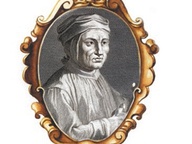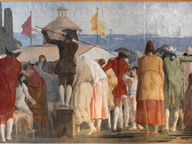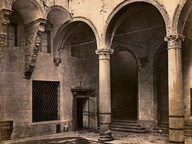Elefantino della Minerva (Pulcino della Minerva)
Historical Center

- Artist: Gian Lorenzo Bernini
- Location: Elefantino della Minerva (Pulcino della Minerva)
- Date: 1667
- Address: Piazza della Minerva
- Visit lasts: 1 hour (about)
- Services:


The famous statue in the piazza in front of the church, created by Bernini and his bottega on a commission from Alexander VII to bear the ancient obelisk of Iseo Campense (the area of ancient Rome dedicated to ancient egyptian religious cults), brought from Heliopolis into the city on the orders of Emperor Domiziano. The inscription at the bottom states that great wisdom requires a robust mind, as symbolized by the elephant.
THINGS TO KNOW: 1)An initial design by the dominican Paglia was refused. It suggested a base comprised of four dogs with the papal stems of Chigi on their necks. The allusion was to the fedelity of the religious community to the Pope (domini canes = dogs of the Lord).
2)The nickname of the “Porcin of Minerva” was given to the small elephant by the people of Rome. The sculpture was encumbered by a central support in the form of a cube under the elephant which Bernini tried to hide with a drape of cloth in marble. In time the word “porcin” (pig) was confused with “purcin”, eventually being transformed into Pulcino della Minerva. Bernini, who was always opposed to the support block, ended his debate with the dominican father Paglia by adding a final detail: the elephants tail rising in the air to give the full of its posterior to the dominican monastery.
2)The nickname of the “Porcin of Minerva” was given to the small elephant by the people of Rome. The sculpture was encumbered by a central support in the form of a cube under the elephant which Bernini tried to hide with a drape of cloth in marble. In time the word “porcin” (pig) was confused with “purcin”, eventually being transformed into Pulcino della Minerva. Bernini, who was always opposed to the support block, ended his debate with the dominican father Paglia by adding a final detail: the elephants tail rising in the air to give the full of its posterior to the dominican monastery.



